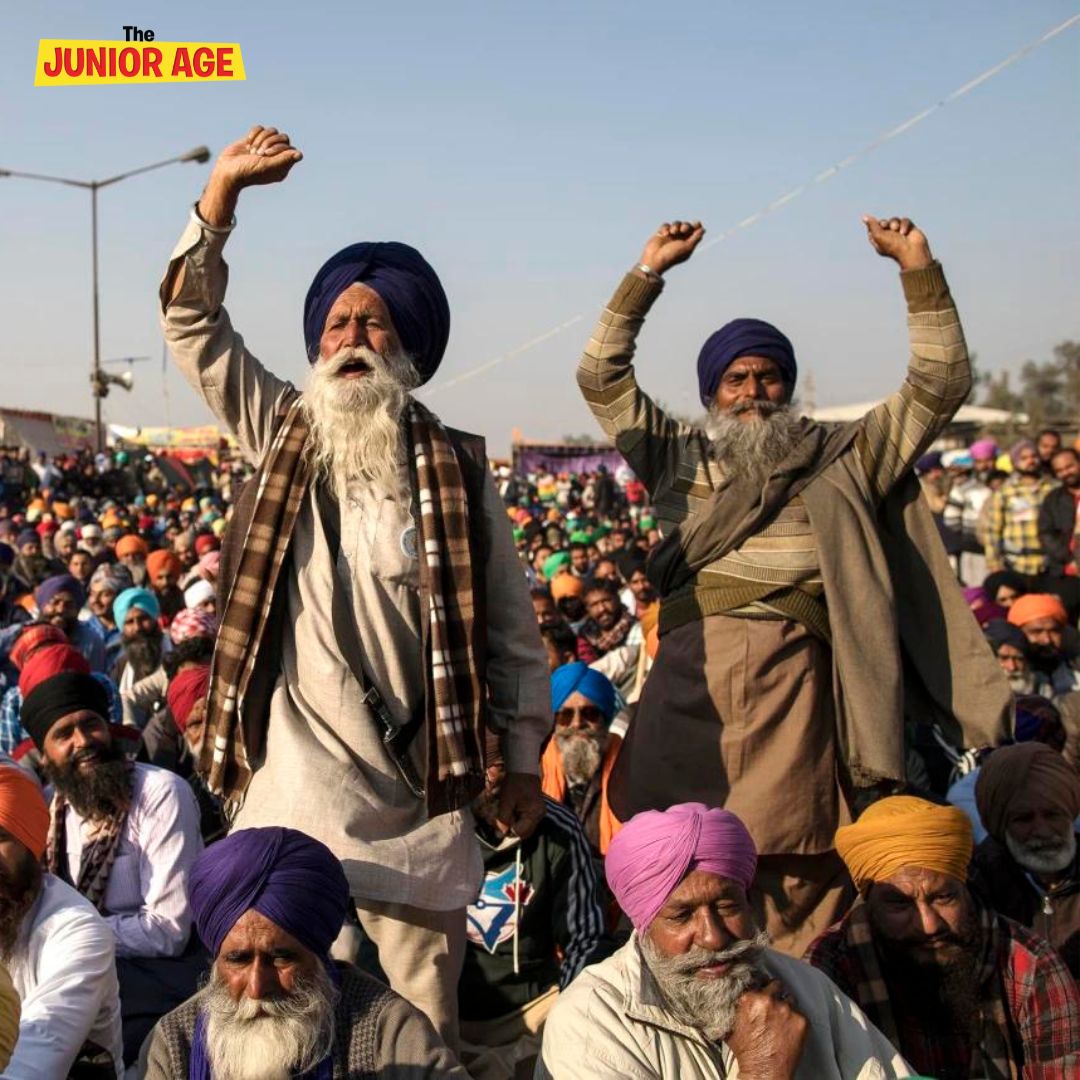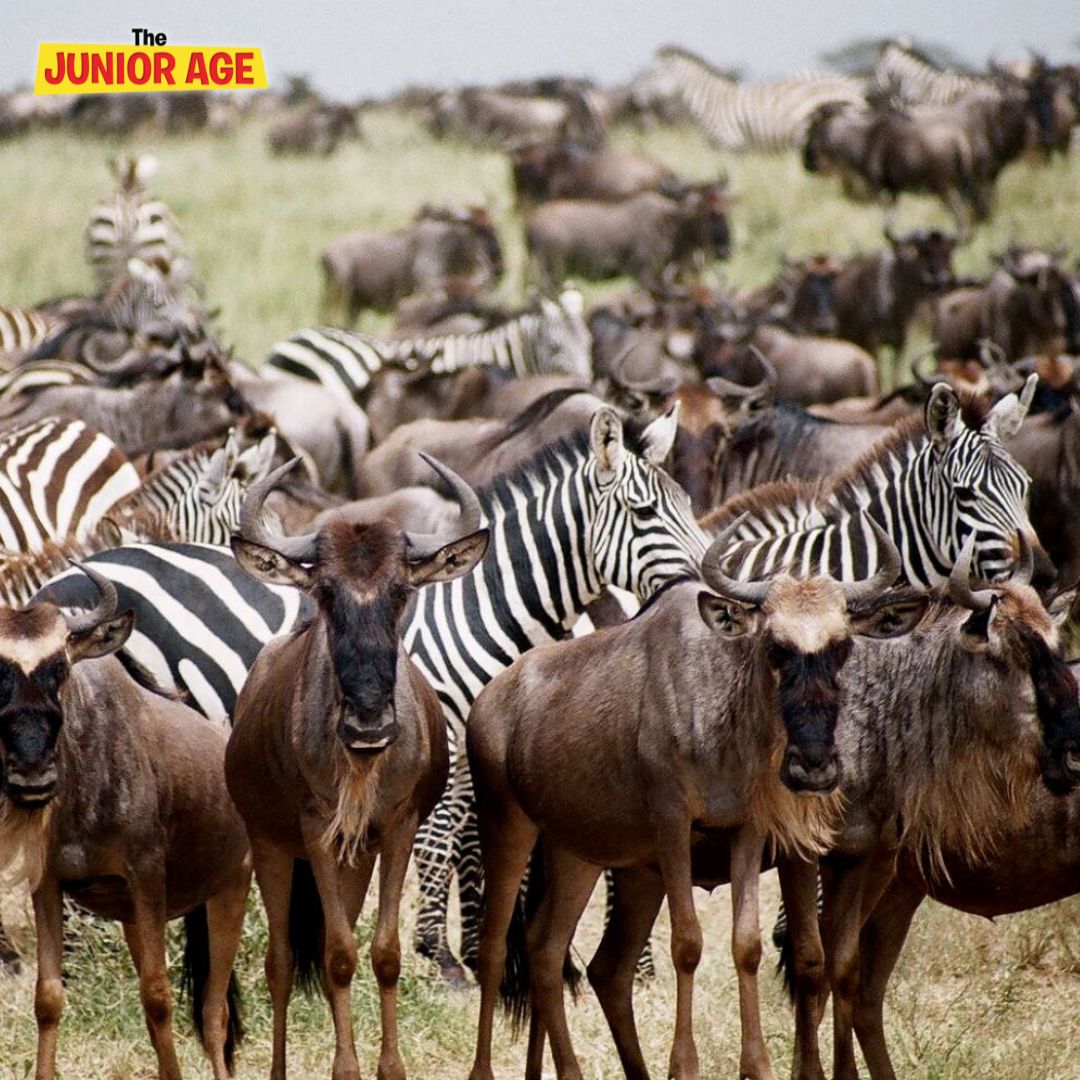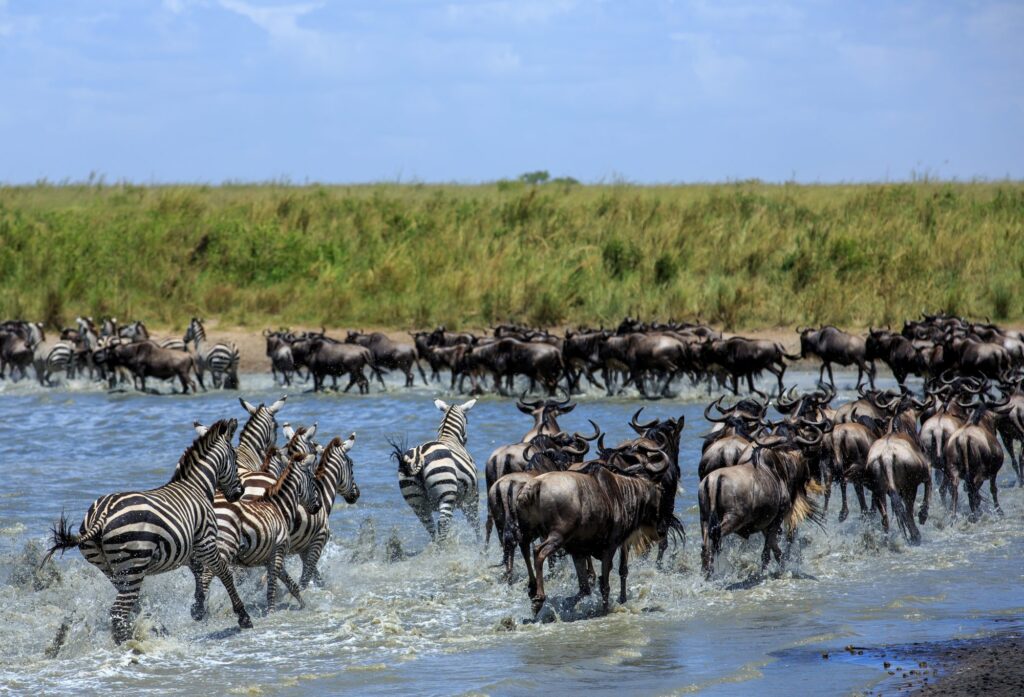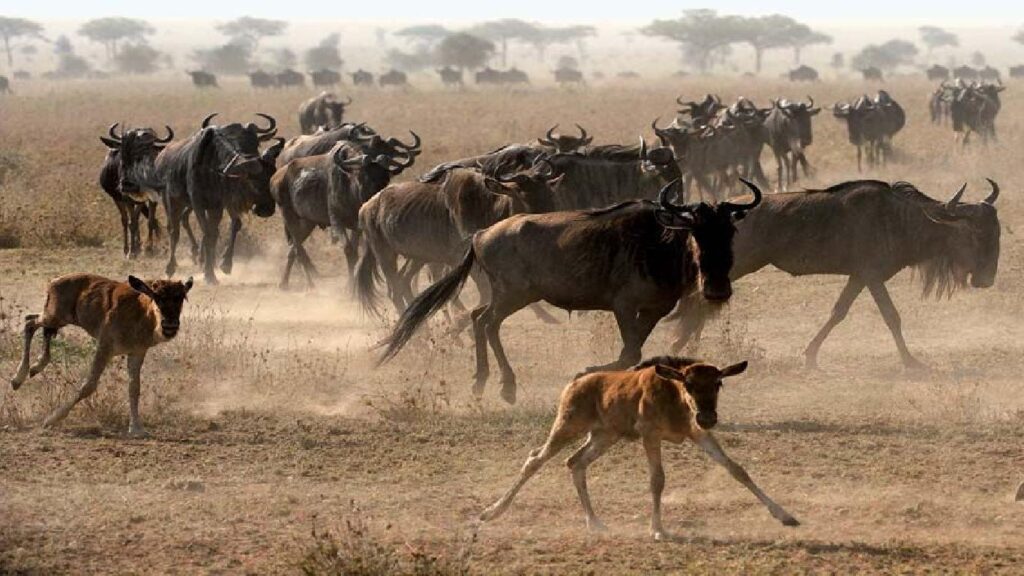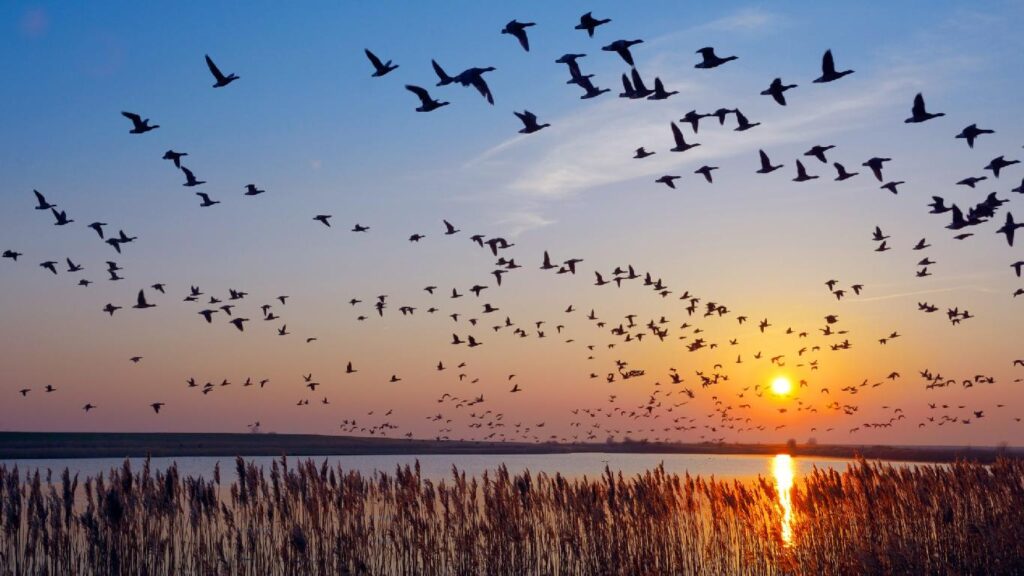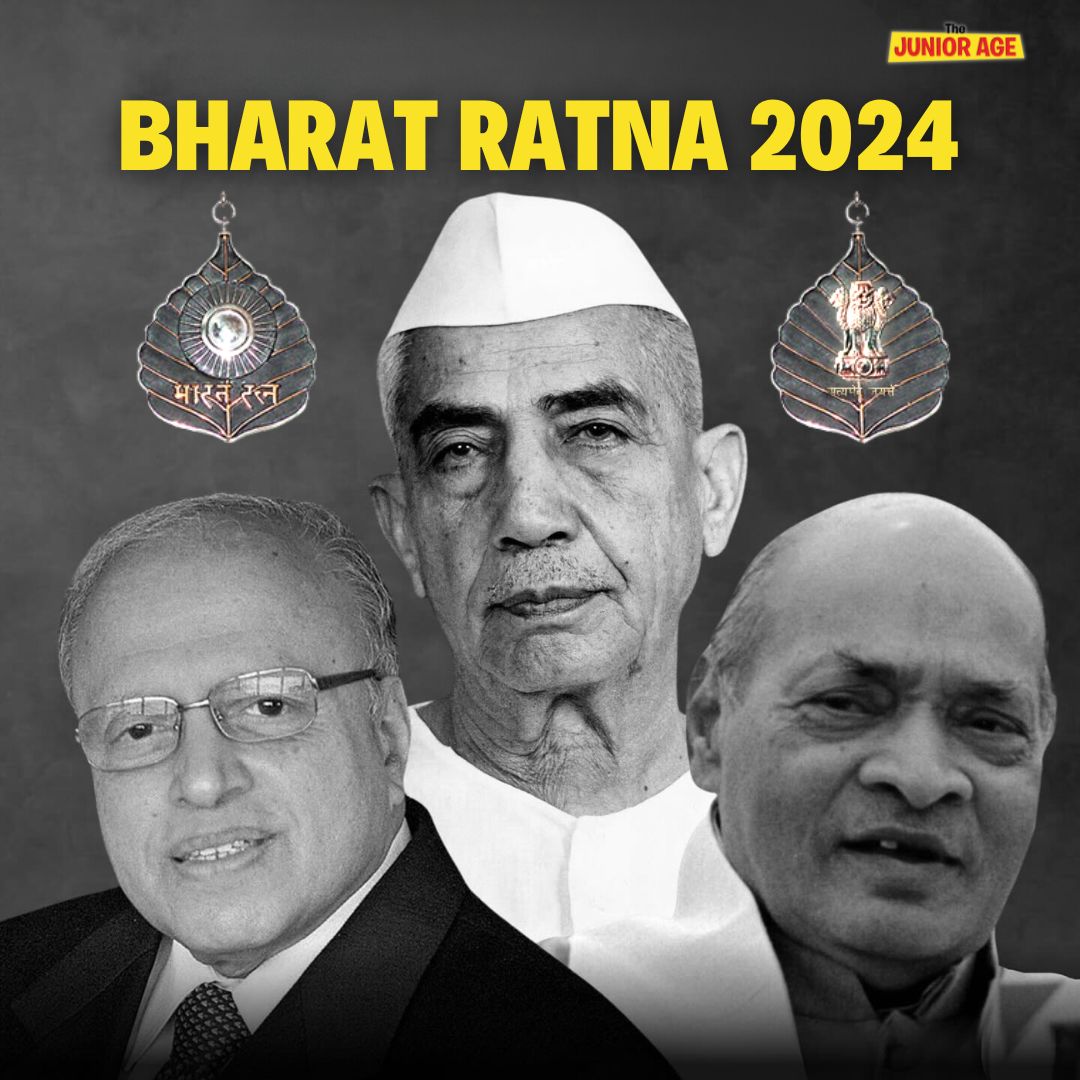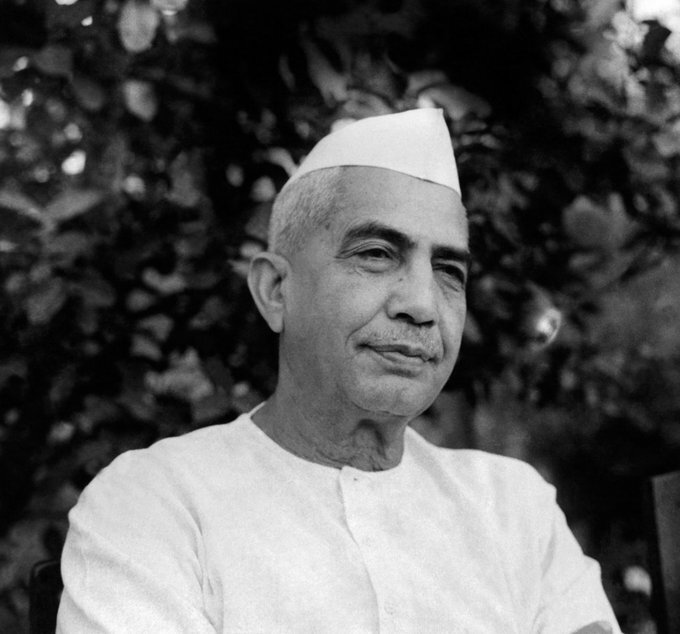Why Are Farmers Protesting?
Recently, the farmers once again launched a massive protest and a march to the national capital, New Delhi. Previously, in 2020-21, the farmers had protested against certain farming laws. Thousands of protesters began gathering at New Delhi’s borders, especially at Singhu Border for the ‘Delhi Chalo’ march. Most of these protesters are a part of two large organised unions, Kisan Mazdoor Morcha and the Samyukta Kisan Morcha and are mostly from Punjab and Haryana. The protesting farmers started marching towards Delhi. However, they were stopped and blocked by the government authorities.


Also read, The Great Migration : Animal Migration On The Planet
The Demands Of The Farmers
The main demand of the protesting farmers is that a law should be enacted which will guarantee a minimum support price (“MSP”) for all crops. The government already provides MSP on certain agricultural produce but the farmers want a law that guarantees it. The government usually announces support prices for more than 20 crops each year to set a benchmark, but state agencies buy only rice and wheat at the support level, benefiting only a small percentage of farmers who raise those crops. Further, currently MSP is announced for only 23 crops.

Some of the other demands include the implementation of the Swaminathan Committee. report, loan waivers, and a pension of Rs. 10,000 per month for every farmer above 60. years of age.
After the 2020-21 farmer protests, the Government had promised to consider demands of the farmers especially on MSP. However, these unions claim that no action has been taken by the Government.
Present Status Of The Protest
As on the date of printing this issue, farmers are still protesting and are not satisfied by the offers made by the government.
What Is Swaminathan Committee?
In 2004, the then Prime Minister Man- mohan Singh had constituted a com- mission under the chairmanship of famous agricultural scientist Dr. M.S. Swaminathan to study the problems of farmers. The committee submitted six reports to the government from December 2004 to October 2006.

The 2020-21 Protests
In 2020, three new farm laws were passed in India. These laws were – The Farmers’ Produce Trade and Commerce (Promotion and Facilitation) Act, The Farmers (Empowerment and Protection) Agreement of Price Assurance and Farm Services Act, and The Essential Commodities (Amendment) Act.
The government had said these new laws will help strengthen the basic farm sector infrastructure through greater private investments. However, the farmers were worried that these laws made MSP irrelevant. This means that they were concerned that they would not be assured a minimum price for their produce. The farmers protested against the three laws at Delhi borders, leading to their repeal in 2021.


Word Check
The MSP is the price at which the government buys farmers’ crops so they can be sure to get paid for their produce. When market prices drop below the MSP, this price serves as a safety net for farmers, guaranteeing they get paid fairly for their crops.
Watch Full Video on- FIFA World Cup Mascots

